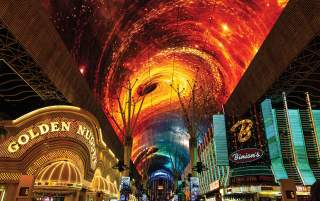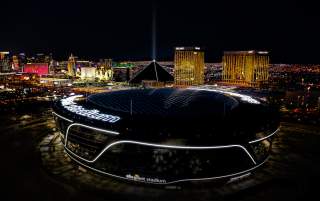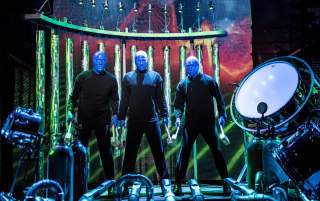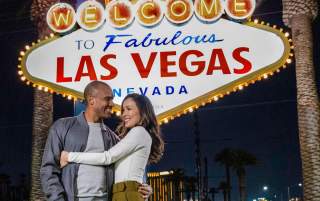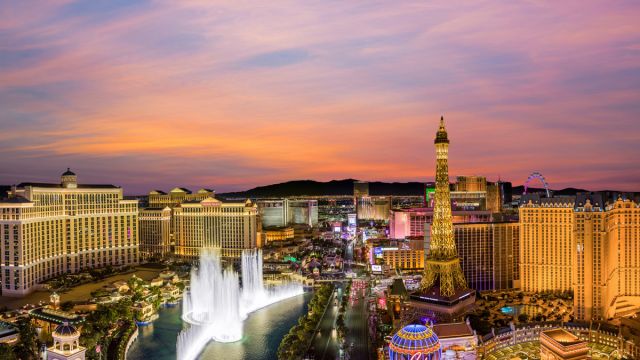With fabulous resorts being built from the 1950s to the 1960s in Las Vegas, the destination was rapidly earning its reputation as the Entertainment Capital of the World. While this boom of development was happening, the country was struggling with racial segregation and experiencing the impact of the Civil Rights Movement.
As Las Vegas grew, a sizeable Black community was forming, as 15,000 African Americans called the city home by 1955, according to PBS. These individuals were moving to Las Vegas for an opportunity, states PBS, taking back-of-the-house jobs that were often denied to Black applicants in other areas of the country. Without these employees, resorts could not operate — it’s this community that kept the Entertainment Capital of the World running.
Some of the most prominent entertainers at the time were African American, as names like Nat King Cole and Lena Horne had solidified themselves as household names with roles in classic films and now-iconic albums throughout the 1940s. With the time’s segregation policies in place barring African Americans from attending and patronizing many public places and businesses, Black entertainers couldn’t gamble, dine or use the swimming pool at Las Vegas’ famed resorts. While these actors, singers and comedians could perform in Las Vegas, they were denied access to the hotel rooms just a short stroll away from the showrooms they were selling out.
This presented a problem to resort operators at the time — many of them ushering their entertainers out back doors instead of their grand porte-cochères. Rat Pack icon Sammy Davis, Jr. once recalled leaving through a resort kitchen. As opinions were changing, so were those policies — and soon, a beacon of hope and opportunity arrived in Las Vegas.
The first integrated resort in the destination, the Moulin Rouge Hotel-Casino, opened in 1955 on the border of Westside Las Vegas, a largely African American community. While only open for five months, the 110-room hotel — partially owned by heavyweight champion boxer Joe Louis — also offered better accommodations for the Black entertainers performing at the still-segregated resorts.
Well-known Black celebrities like Ella Fitzgerald, Harry Belafonte and Dorothy Dandridge could enjoy a cocktail alongside their white peers, such as Frank Sinatra, Tallulah Bankhead and Bob Hope. The hotel also presented an African-themed, late-night show called Tropi Can, according to the National Trust for Historic Preservation (NTHP), featuring the city’s only all-Black chorus line.
The Moulin Rouge isn’t only significant to the history of Las Vegas for its role as a gathering place for entertainers and their audiences, though. According to the NTHP, the hotel and casino was also where the local NAACP chapter met with the city of Las Vegas officials on March 26, 1960 — the day that segregation ended in Las Vegas.
In 2003, the Moulin Rouge was burned down due to an arson fire. Its storied history lives on though as it was listed on the National Register of Historic Places in 1992. A wall near the site was painted with a series of murals in 2020, highlighting the Black Lives Matter movement and celebrating the Historic Westside — and all the contributions the Black community has given Las Vegas to be the Entertainment Capital of the World.

